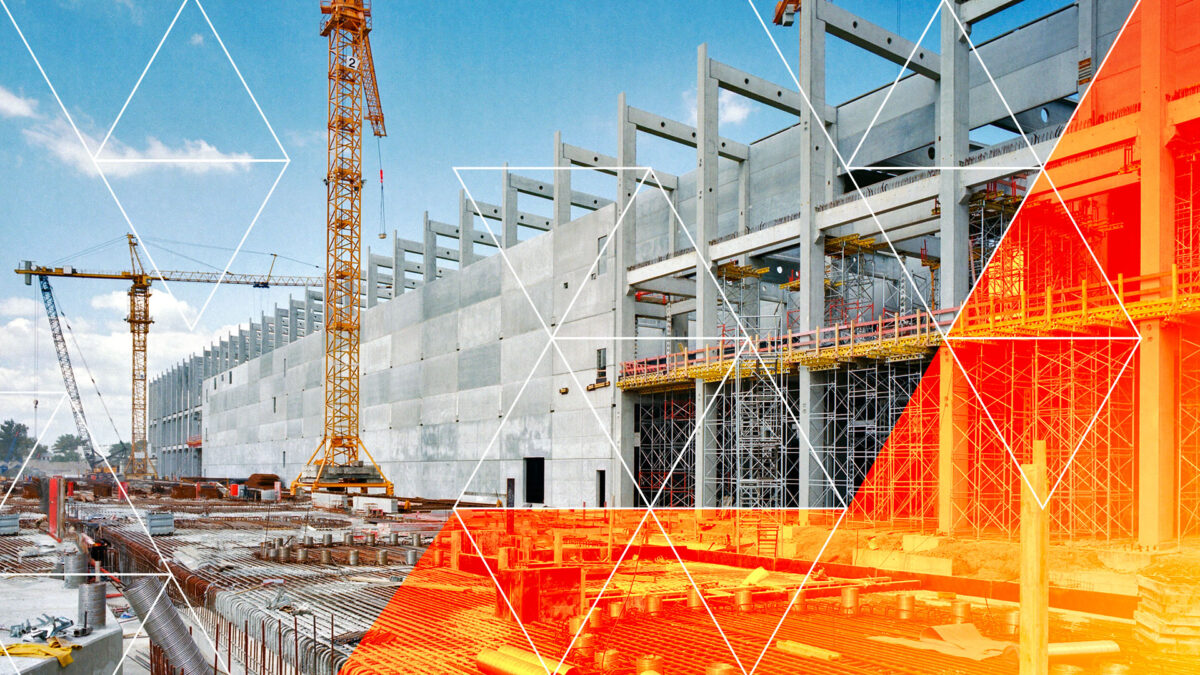In this four-part series, BuildForce Canada presents and examines some of the key data points emerging from 2023 in the construction sector. In this post, the third of the series, we look at the trends that drove Canada’s non-residential sector. Part 1 of this series looked at construction’s overall economic output for 2023; part 2 wrapped up the year in residential construction.
Non-residential construction activity continued to grow in 2023, driven by a long list of major projects across the country that began as far back as 2016.
BuildForce Canada tracked more than 400 major projects – with a combined value of more than $350 billion – that started or were ongoing in 2023. These projects spanned across the transportation and warehousing, utilities, government services, healthcare, and educational services industries among others.
Given the volume of major works underway in Ontario, in the form of nuclear refurbishments, public transit and other transportation projects, and major investments in healthcare projects, it comes as no surprise that more than half of the country’s total non-residential construction value was located in the province.
British Columbia also had an extensive list of major capital projects, including the LNG Canada liquefied natural gas facility and associated pipeline, major dam construction, and several healthcare, waste-treatment, and transportation projects.
Major projects tracked by BuildForce Canada, by industry, Canada-wide
Value and number of major projects tracked by BuildForce Canada that were started or on-going in 2023

Source: BuildForce Canada
The construction of industrial, commercial, and institutional buildings was supported by ongoing economic activity and through building components of select major projects currently being tracked.
Although the value of building permits for commercial (-1%) buildings was slightly below their 2022 levels, construction of industrial (+12%) and institutional (+25%) buildings was elevated in 2023.
The modest decline in commercial building construction was driven by offsetting trends across different types of buildings. Construction of office buildings and retail space saw strong declines in 2023, while construction of hotels, restaurants, and recreation facilities was boosted.
Through most of 2023, the loonie was valued at 74 cents on the American dollar. This helped spark renewed manufacturing activity in Canada.
The increased construction of industrial buildings came strictly from the construction of factories and plants, which fully offset declines in buildings for the mining and agricultural industries sectors. Some of the key major non-residential projects included:
- nuclear refurbishment, public transit and other transportation projects, and major manufacturing investments in Ontario
- liquefied natural gas facilities and major dam in British Columbia
- public transit and manufacturing work in Quebec
- canola facilities, gas plants, and a major mine expansion in Saskatchewan
The increased building of institutional facilities was robust across all building types, although the largest increases in activity came from the construction of hospitals and medical facilities, welfare homes, and churches and religious buildings.
These key major projects, among a long list tracked by BuildForce Canada, translated into strong construction activity across Canada’s non-residential sector in 2023.
Turn to our 2024 to 2033 Construction and Maintenance Looking Forward highlight reports for more information about projected growth across Canada’s non-residential sector.
In the last part of this blog series, scheduled for release in August, we look at how the various growth trends across the construction sector affected already-tight labour markets.

Construction Key Indicators
